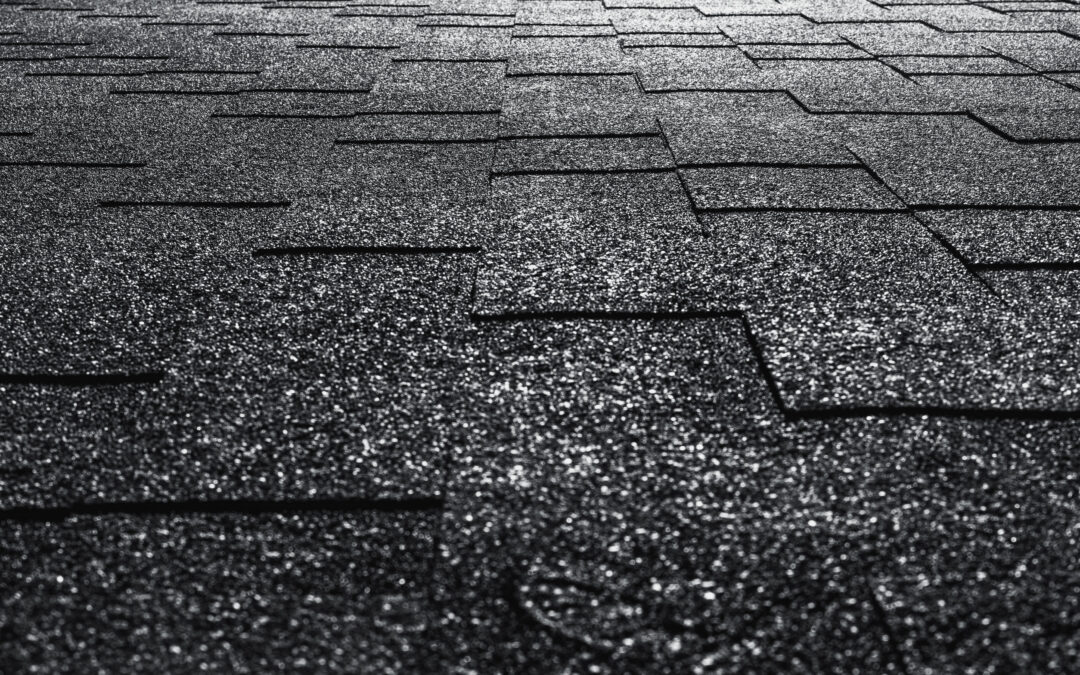Minnesota homeowners are no strangers to extreme weather—freezing winters, heavy snow loads, spring rainstorms, and summer heat waves. These conditions test the endurance of your home’s most protective feature: the roof. Whether you’re building new or replacing an aging roof, choosing the right material is more than a design decision—it’s about protection, performance, and longevity.
The Importance of Climate-Appropriate Roofing
In cold climates like Minnesota’s, your roof needs to do more than just look good. It should:
- Withstand Freeze-Thaw Cycles: Temperature swings can cause cracking or warping.
- Handle Snow Load: Strong materials resist the pressure of accumulated snow.
- Prevent Ice Dams: Some roofing systems are better suited for managing heat loss and ventilation.
Let’s explore some common and effective roofing materials that can meet the demands of Minnesota weather.
1. Asphalt Shingles
Asphalt shingles are one of the most popular choices in Minnesota, and for good reason.
Pros:
- Affordable and widely available.
- Easy to install and repair.
- Certain types offer high wind resistance and algae resistance.
Cons:
- Standard shingles may have a shorter lifespan compared to other materials.
- Can become brittle in extreme cold over time.
Best Use Case: Homeowners seeking a balance between cost and performance.
2. Metal Roofing
Metal roofs are on the rise—especially in northern climates.
Pros:
- Excellent durability (40–70 years lifespan).
- Reflects solar heat, lowering summer cooling costs.
- Sheds snow and ice quickly due to its smooth surface.
Cons:
- Higher initial cost.
- Potential noise during rain or hail if not properly insulated.
Best Use Case: Homes in rural or wooded areas where fire resistance and longevity matter.
3. Synthetic Roofing Products
Advances in manufacturing have introduced synthetic materials that mimic slate, shake, or tile—often made from polymers, rubber, or recycled products.
Pros:
- Lightweight, durable, and low maintenance.
- Designed for freeze resistance and impact performance.
- Can be more affordable than natural alternatives.
Cons:
- Newer technology may mean fewer long-term case studies.
- Quality can vary between brands.
Best Use Case: Homeowners who want the look of premium materials with modern resilience.
4. Cedar Shakes
Wood shakes offer a rustic aesthetic but are less common in newer installations due to maintenance concerns.
Pros:
- Natural insulation properties.
- Beautiful weathered appearance over time.
Cons:
- Vulnerable to mold and insect damage.
- Requires regular maintenance.
- Not ideal for areas with high wildfire risk.
Best Use Case: Heritage homes or architectural builds where design is paramount.
Energy Efficiency & Roofing Material
The roof is a major source of heat loss in homes. Upgrading to a well-insulated, energy-efficient system can help reduce your heating and cooling bills. Look for materials with high solar reflectance and good ventilation strategies. For more on energy-saving building products, the U.S. Department of Energy has a helpful guide here:
https://www.energy.gov/energysaver/design/energy-efficient-home-design
Storm Damage Considerations
Minnesota’s storm season brings hail and high winds. When evaluating roofing materials, it’s wise to prioritize Class 4 impact-rated products. These materials have been tested for resistance to hail and can help prevent costly damage. Additionally, many insurers offer policy discounts for homes with impact-resistant roofing.
Roof Lifespan & Warranty Tips
Beyond material performance, look into:
- Warranty Coverage: Manufacturer vs. installer warranties.
- Maintenance Requirements: Some roofs last longer with regular upkeep.
- Color and Curb Appeal: Roofing significantly affects home resale value.
Working with a Local Roofing Expert
Choosing the right roofing contractor is as important as choosing the right material. A local professional understands the regional climate and code requirements. Be sure to verify licensing, insurance, and experience with insurance claims if storm damage is involved.
Schyma Exteriors offers expertise in navigating storm-related insurance repairs and provides quality craftsmanship across various exterior services. Be sure to explore the different services available on the Schyma Exteriors website for more information.
Conclusion
From classic asphalt shingles to modern metal systems, there’s no one-size-fits-all answer to roofing in Minnesota. Consider your budget, style preferences, and how long you plan to stay in your home. More importantly, work with a reputable local expert to help you evaluate your options and make the best choice for your climate and home.


Recent Comments